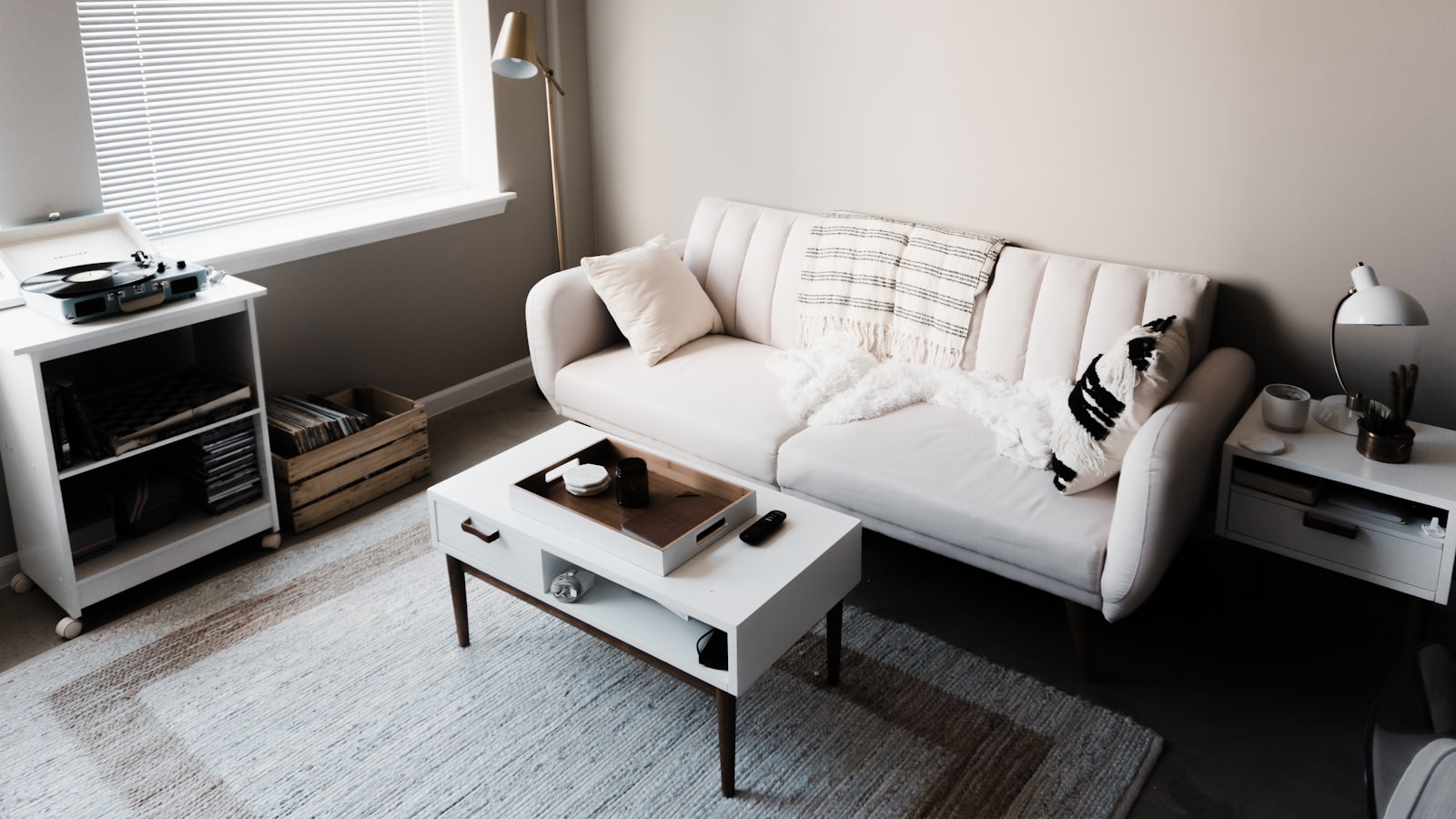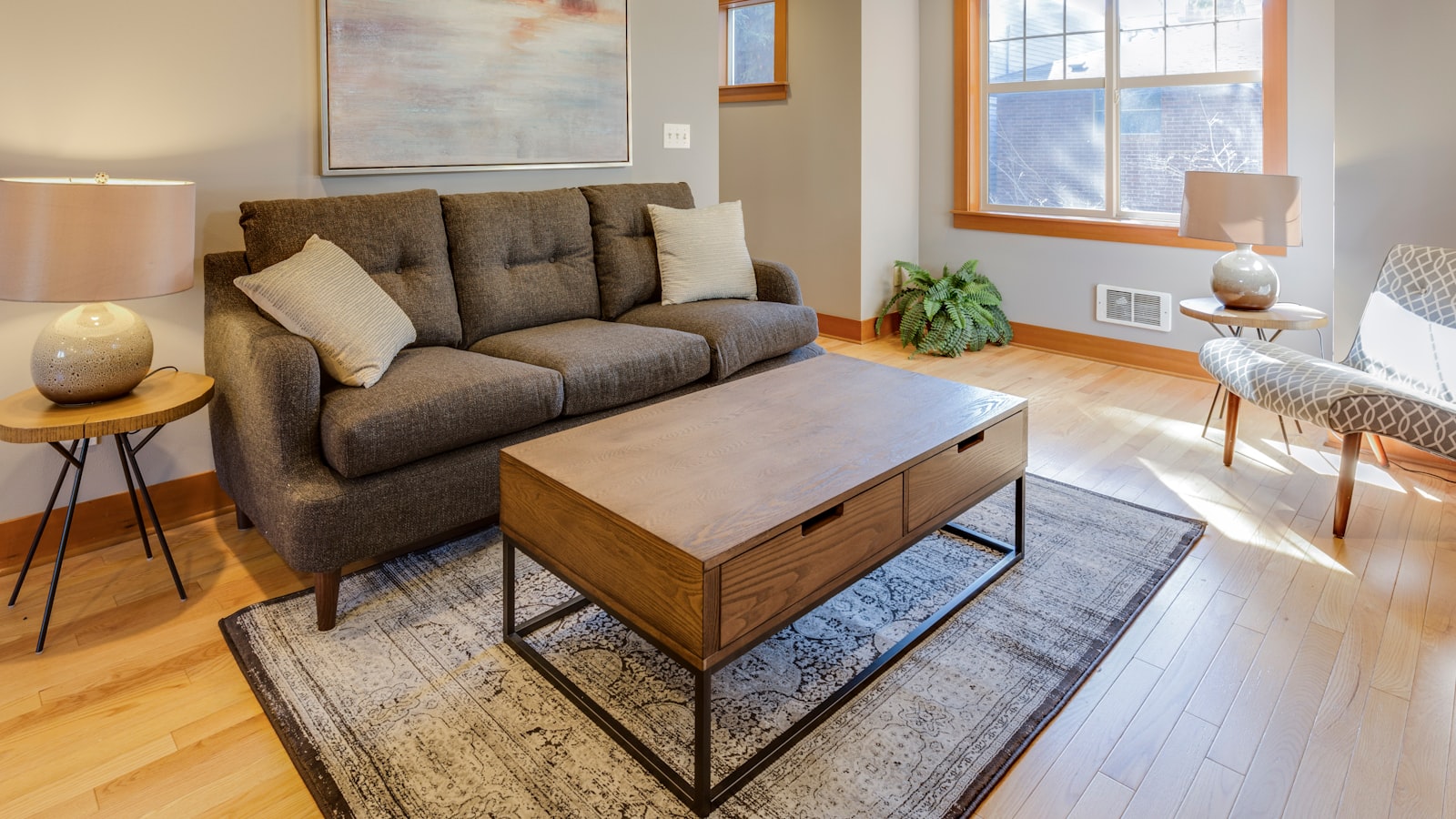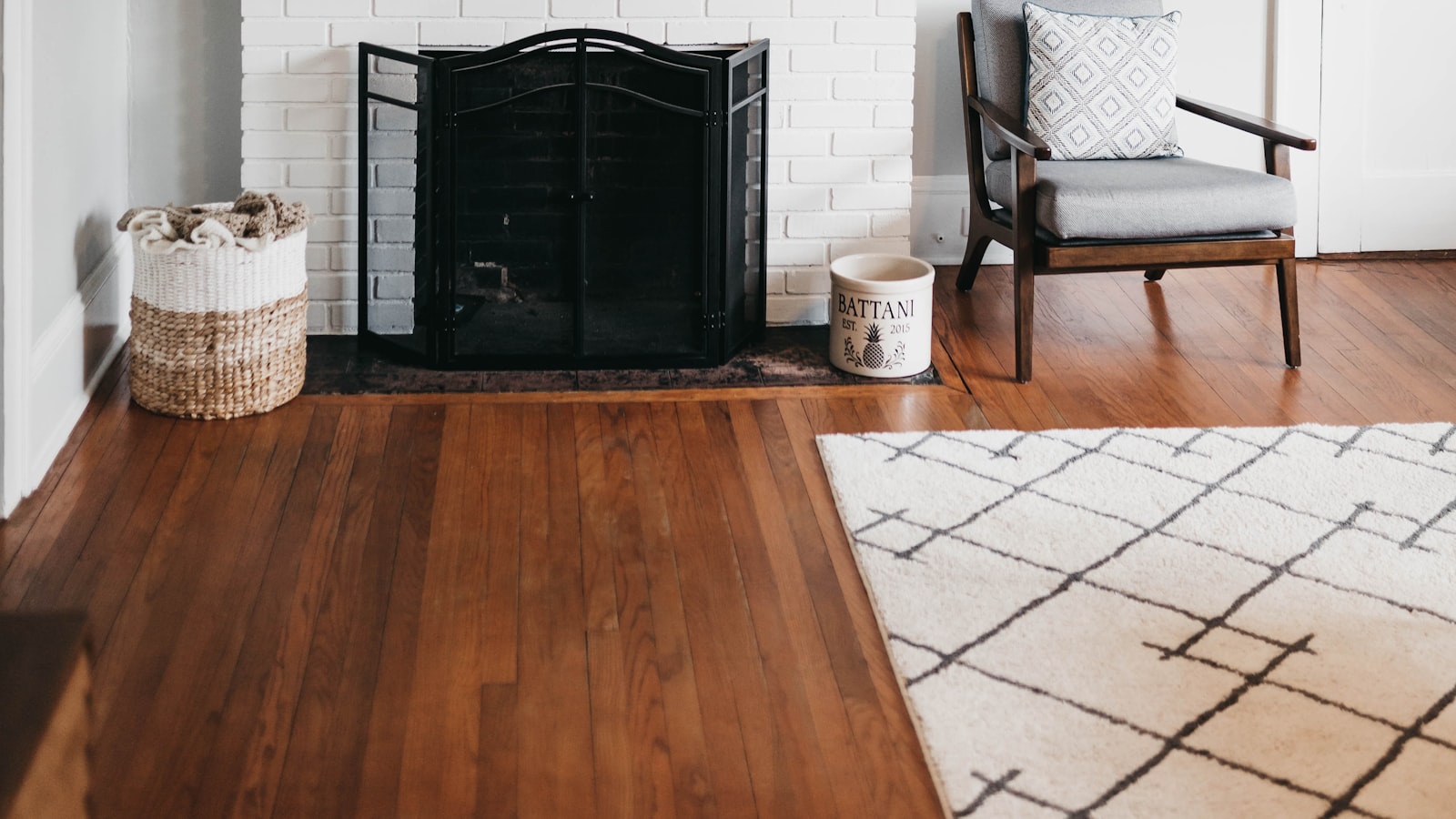
Assisted Living Facilities
Assisted living facilities focus on meeting each guest’s individual needs. This could mean helping with daily activities, providing medication reminders, or encouraging social engagement.
During your visit, look for staff who are warm and friendly. Also, pay attention to the environment-does it feel like home? Amenities matter, but the most important factor is how a place feels.
assisted living facilities
Assisted living facilities are designed to provide 24/7 nursing care and administration of medications. They also monitor mood and offer a variety of physical activities to promote health.
Typically, the cost of an assisted living facility is less than the cost of living at home. Moreover, many of the costs associated with aging can be lowered by taking advantage of Medicaid planning services.
Before you make any decisions, it’s important to find out more about the different options available for your loved one. It is recommended that you use an online senior living directories that are free of charge to get a better understanding of the various options. It is also crucial to schedule visits and talk to administrators, staff, and residents. This will help you narrow down your choices and choose the best fit for your loved ones.
does medicare pay for assisted living
Assisted living residences are places that provide assistance with activities of daily living, but they do not offer medical care or rehabilitation services. Medicare does not pay for long-term care, and it does not cover non-skilled assistance with daily activities, including help bathing and dressing.
However, seniors who require help with everyday tasks can still benefit from a variety of Medicaid waiver programs available in each state. These programs are often much more affordable than paying out of pocket. Individuals who are worried about their ability to afford long-term care may also want to work with a Medicaid planning professional to creatively structure their assets. This can ensure that they receive the care they need while preserving their assets. The same is true for Medicare Advantage plans, which are offered by private insurers.
how much is assisted living
The cost of assisted living varies widely by location and care level. Many families pay out of pocket using personal savings, pension payments or retirement accounts. Others use bridge loans or senior lines of credit to fund assisted living costs until other funds are available.
The monthly rent for an assisted living apartment includes up to three meals a day, housekeeping and laundry services, transportation, and access to wellness programs and activities. In addition, residents often pay a facility fee for on-site healthcare or pharmacy services and upgraded WiFi.
Unlike nursing homes, assisted living facilities are businesses that must operate within a budget. For that reason, they may offer financial incentives like a reduced monthly payment or move-in credits to attract new residents. They may also negotiate price breaks at the end of a month, quarter, or year to meet budgetary needs.
who pays for assisted living
Assisted living is not cheap, but there are ways to help reduce costs. Most seniors use a combination of private funds, savings accounts, pension payments and family contributions to pay for care expenses.
Generally, Medicare does not pay for assisted living, although some Medicare Advantage plans do. However, these private insurance options typically have a limited network of providers.
Most states provide Medicaid long-term care coverage for eligible residents. The eligibility requirements vary, and a doctor must certify that an elderly person needs this type of care.
Some families purchase long-term care insurance policies that cover assisted living costs. These benefits are not as generous as the government-funded Medicaid program, but they can still help offset the cost of senior care.
assisted living vs nursing home
Assisted living facilities are a good option for older adults who need help with daily tasks such as cooking meals and getting around. They are typically regulated by state and federal regulations and offer 24/7 care.
Nursing homes, on the other hand, focus more on medical monitoring according to a plan of care ordered by a doctor. They also provide rehabilitation services such as physical, speech, and occupational therapy.
Assisted living residences are more likely to resemble apartment buildings and residential communities. They have private apartments or rooms for residents and include personal care and assistance with medications. Some also have on-site nurses. Other amenities may include housekeeping and laundry, and a dining room that provides three meals per day. Residents are often allowed to bring their own furniture and decorate their apartments.










